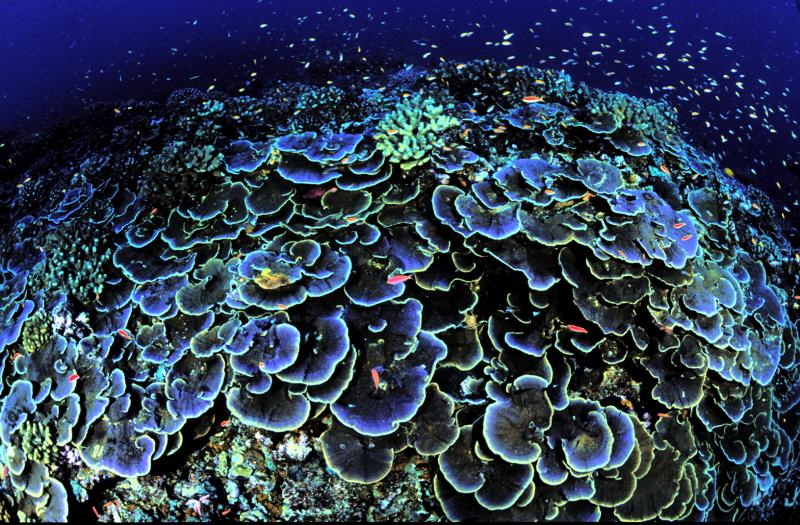
Coral off Jarvis Island in the central Pacific. Photograph: Jim Maragos/AP
Uninhabited Jarvis island, halfway between Hawaii and Cook Islands, gets score of 86 compared with global average of 60
(FOR LINKS TO THE OCEAN HEALTH INDEX - CLICK "READ MORE")
guardian.co.uk - by John Vidal - August 15, 2012
An uninhabited Pacific island has come top of the first comprehensive ocean health index, which compares all the world's coastal countries and scores them for how well the seas around them benefit both man and nature.
Tiny 4.5 sq km Jarvis island, halfway between Hawaii and the Cook Islands, was briefly mined for seabird fertiliser in the 19th century but both the waters around it and the island itself have been left more or less untouched since then, which accounts for its top score of 86 out of 100 compared with a global average of 60.
(READ COMPLETE ARTICLE)
Recent Comments